People have lived in the area of the Novara Hills and the valley of the Sesia for a very long time. Significant traces of human settlement dating from the Middle Palaeolithic (between 120.000 and 36.000 years ago) have been found in the caves of Monte Fenera. Archaeological evidence points to the existence of people who were settled or semi-nomadic in the 7th millennium B.C.. The first evidence of human settlement in Ghemme dates from the Middle Neolithic (4th millennium B.C.), known as the ‘Square Rim Vase Culture’. Similar evidence was also subsequently found at Fara and Briona.
Whereas Monte Fenera was home to the only population of ‘wild vine’ in Piemonte, a true botanical rarity, at Castelletto Ticino, the first grape pressings from cultivated vines have been found in the culture of Golasecca, dating from the period between the late 7th century and the early 6th century B.C.. In the Iron Age, the diet of the local people consisted mainly of cereals. They ate some meat and plenty of fresh-water fish, and they drank wine and beer.
It is thought that the art of cultivating vines was introduced by the Etruscans, with whom the Golasecca people had close commercial ties, due to their position on an important trade route linking the Italian peninsular to Central and Northern Europe.

Top-shaped vase
The Celtic tribes drank wine in characteristic containers which were fairly common in the 2nd-1st centuries B.C., called ‘vasi a trottola’: top-shaped vases, very similar to the decanters we use nowadays and ideal for allowing wines very rich in tannin to ‘breathe’.

Olpe
Roman writers refer to an area of settlement called “pagus agaminus” ”, which roughly corresponds to the town of Ghemme today. Many archaeological finds have been made in the area including wine amphoras, glass, round-necked vases and small ceramic cups, all of which testify to the importance of wine and the cultivation of grapes at that time. Pliny the Elder in his Naturalis Historia Historia (1st century A.D.) also talks about the area. He recalls “a grape that withstands the heat well and grows with the autumn rains; on the contrary, it is the only grape that is strengthened by the mist”, hence the name ‘Nebbiolo’ (nebbia is the Italian word for ‘mist’). In particular, Pliny talks about uva Spinea or uva Spionia, the Latin name for the nebbiolo grape, which seems to derive from the name of the Etruscan town of Spina or Spiuna. On the other hand other Roman writers claim that the name of the grape comes from spinus, a type of wild plum, from which the local name for Nebbiolo, ‘Spanna’, derives. This wine is mentioned by Virgil and Strabo, also by Columella, a Roman writer of the 1st century A.D. who, in his De Re Rustica, the most complete treatise on agriculture to have survived from Antiquity, defines Nebbiolo as “bunches of black grapes which are used for making wine in cold places”, apparently referring to the current areas of production with their fairly cold climate.

Diatreta Trivulzio
The most famous symbol to survive from Ancient times is the famous ‘Diatreta Trivulzio’, an elaborate glass drinking-cup dating from the 4th century A.D., found in the 17th century, bearing the motto in Latin “Bibe vivas multis annis” (drink and you will have a long life).





